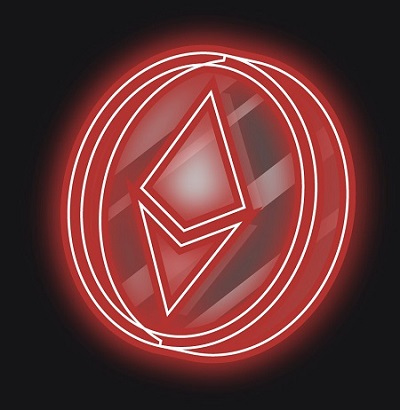The NFT market is booming, to say the least. And with more people folding to the FOMO and joining the NFT world, you should know more about it all! You definitely heard about the Bored Ape Yacht Club and the OG Cryptokitties while looking up NFTs. But if you’re still debating what NFTs are, check this out. Anyway, whether you wanna create NFTs, buy NFTs, or just appreciate them, you need a marketplace. And one of the best NFT marketplaces happens to be OpenSea! So what is OpenSea, and why should every NFT enthusiast know about it?
Disclaimer: If you’re still not very familiar with NFT Terms, check this out. They’ll come in handy throughout your read.

What Is OpenSea?
OpenSea is the first and most famous NFT marketplace around today. However, it’s not as new as people think, because it first launched in 2017, right after the Crypto Kitties craze! That wave triggered the concept of digital item ownership, hence the creation of OpenSea. And that’s how it became the first open market for NFTs on the Ethereum blockchain. It also supports the Polygon blockchain to not limit the users to one option.
Although OpenSean has been around since 2017, the NFT market hasn’t really taken off yet. However, in February 2021 NFTs exploded, and the growth became exponential! And just like that, the value of OpenSea grew from $1.5B in July 2021 to a whopping $13.3B just 6 months later. If that doesn’t emphasize the growth of this game, we don’t know what does.

Is OpenSea Good for Beginners?
OpenSea is an easy enough marketplace for beginners, but it’s not the easiest. An easier option would be Rarible, but it’s a bit more limited in terms of items. It’s more art-focused, while OpenSea is open to different types of digital assets! If you wanna know more, check this list of the best NFT marketplaces for beginners.
Fees and Payments
Now if we wanna talk about fees, there are things you should know before selling your NFTs on OpenSea. If that’s your first time selling, there are two one-time payments you should make. The first is to initialize your account, while the second is to allow OpenSea to have access to your items. If it’s also your first time auctioning off items, there are gas fees to approve WETH (Wrapped ETH).

Finally, you gotta know that OpenSea charges 2.5% on every transaction. Nothing good ever comes cheap. But it doesn’t end here, because we have something called creator earnings. So basically, if you created an NFT and sold it, you can still make a certain percentage every time this NFT goes through a transaction. If it gets resold, and resold, and then resold again, you’ll make money out of it as the OG creator. A kind of investment you don’t wanna miss out on. This percentage can go up to 10% of the NFT’s price.
Lazy Minting
A very cool concept for creators if you ask us. Now suppose you made a collection of 20 NFTs, you’ll have to mint all of them and pay gas fees to do so! However, OpenSea came up with the idea of lazy minting. The NFT won’t be transferred to the blockchain until somebody purchases it. That it saves the sometimes unnecessary fees for an item that doesn’t sell.

Now That You Know What Is OpenSea…
We’ve got a few more notes. There are multiple ways to sell NFTs on OpenSea. First, you got the obvious fixed-price way. Second, we have timed auctions (English auctions), which is a fairly obvious concept where the item gets sold to the highest bidder. However, if someone makes a bid within the last 10 minutes, the auction will extend for another 10 minutes!
That’s probably when NFT bots could come in handy if it ever comes down to it. Check this out if you wanna know more about the bots! There are also declining offers auctions (Dutch auctions). In this type of auction, the price of the NFT will drop periodically until it gets an offer. So, now that you’re fairly familiar with OpenSea, you should definitely DYOR if you wanna dig deeper. Stay tuned to our blog for more NFT market discussions! Godspeed







